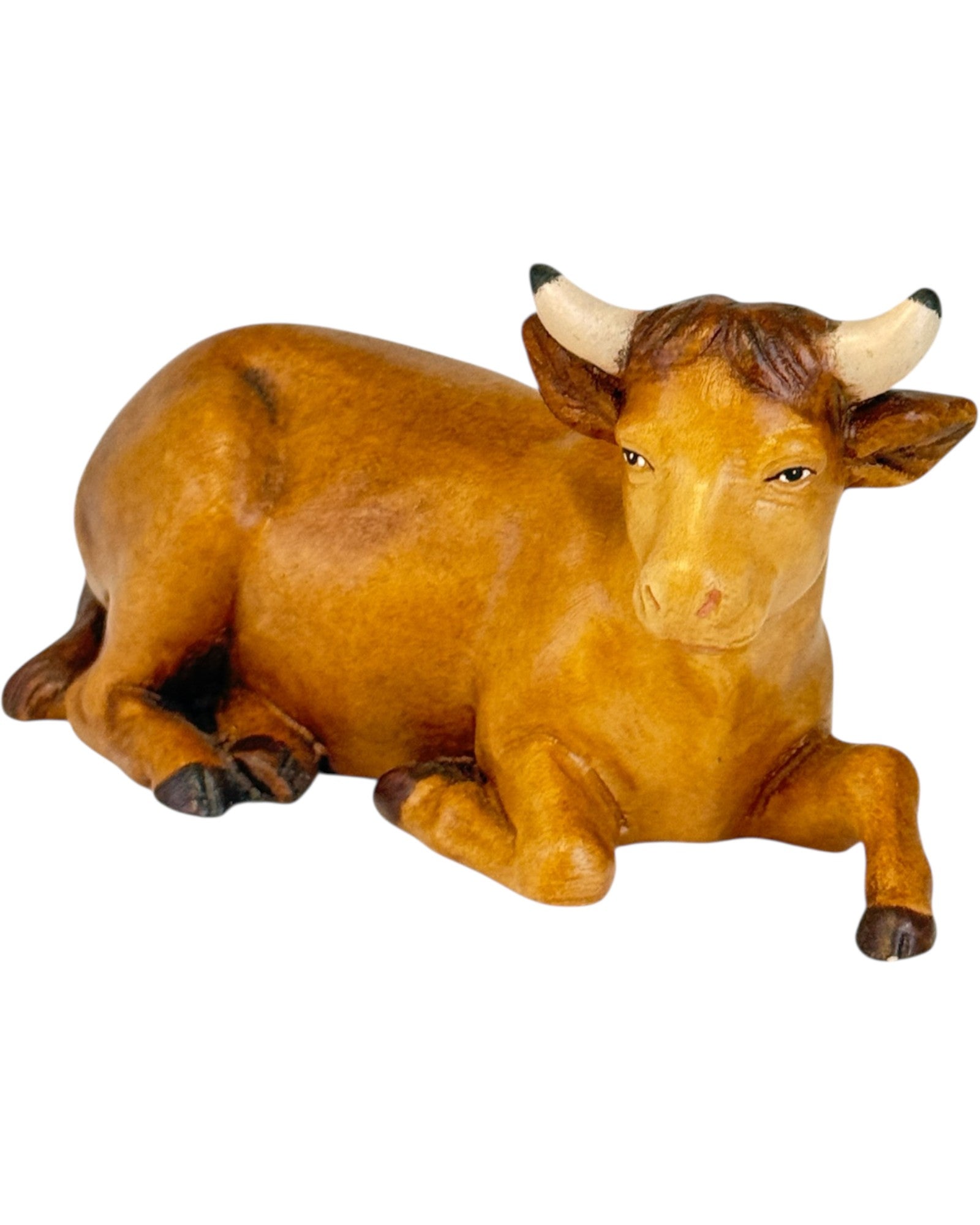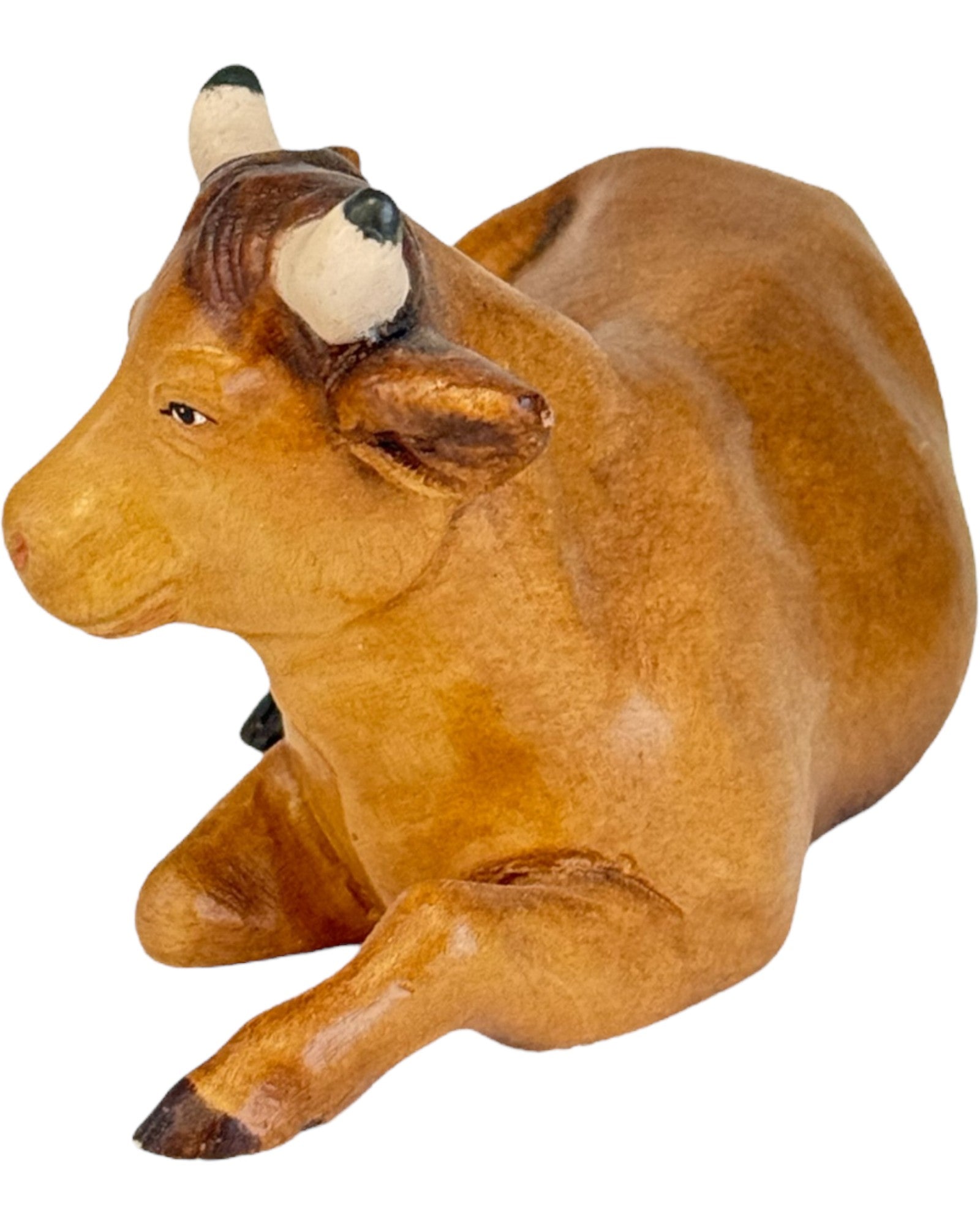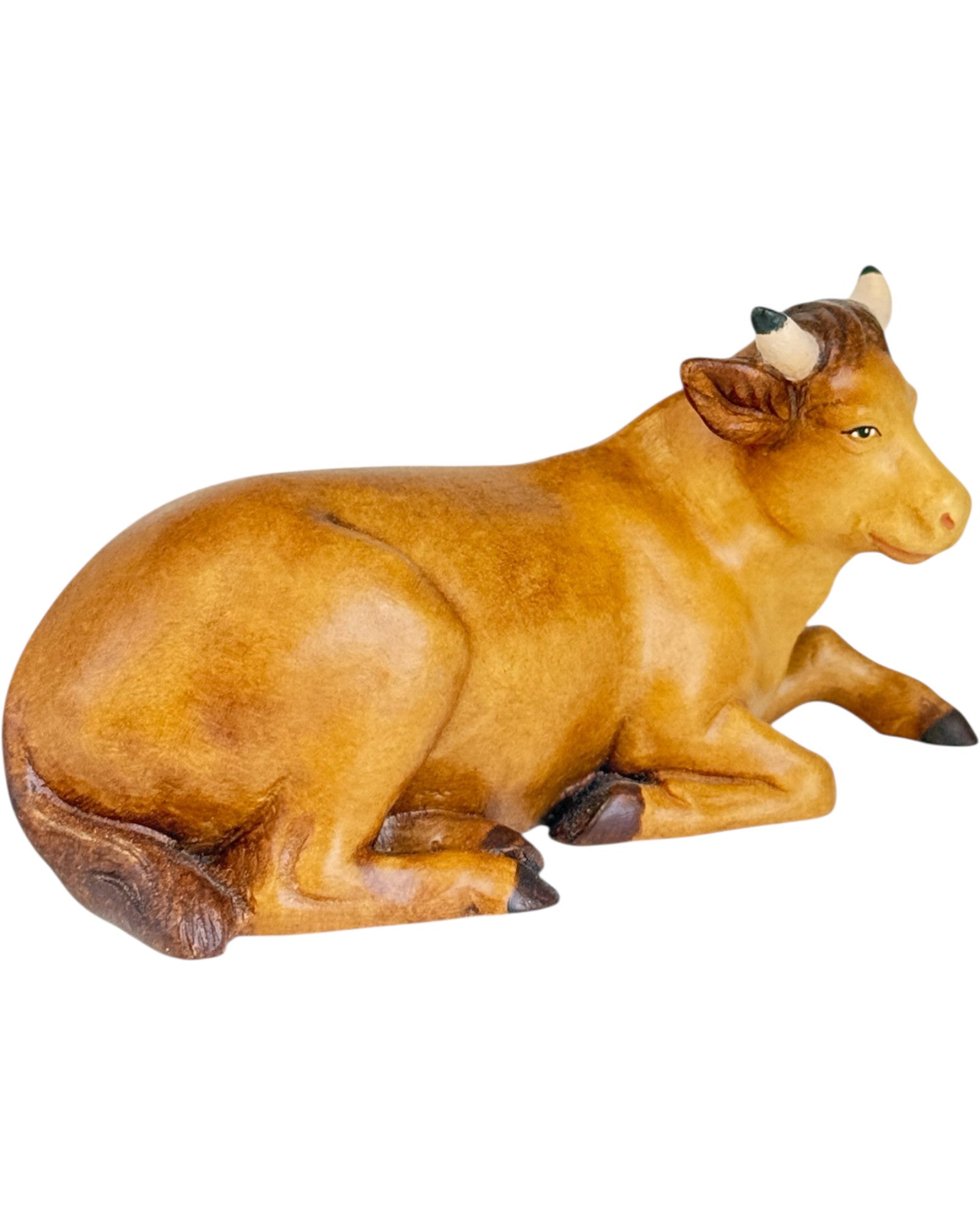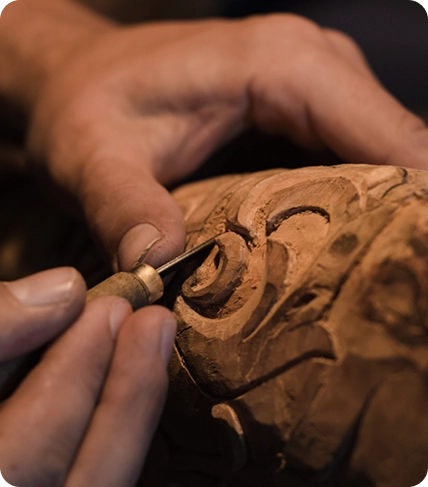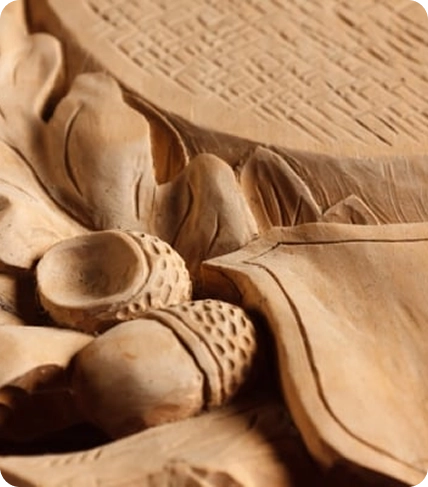The Ox, a humble and silent figure, is an essential element of the nativity scene, a symbol of strength and patience. His presence in the Nativity, although not mentioned in the canonical Gospels, has been attested since the early centuries of Christianity, based on traditions and apocryphal texts such as the Protoevangelium of James and the Gospel of Pseudo-Matthew. These stories describe him next to the donkey, both warming the Baby Jesus with their breath in the stable of Bethlehem.
His veneration is linked to his role as a witness to the birth of the Savior, representing meekness and fidelity. Over the centuries, the Ox has become a symbol of the Jewish community which, while not recognizing Jesus as the Messiah, was present at the time of his coming. His figure is also often associated with the prophet Isaiah (1.3): "The ox knows its owner, and the donkey its master’s manger, but Israel does not know, my people do not understand."
In the nativity scene, the Ox embodies humility and simplicity, central values of the Christian message. His presence underlines the poverty of the birth of Jesus and his closeness to the least. It is a reminder of contemplation and reflection on the mystery of the Incarnation, inviting us to recognize the greatness of God even in the most modest manifestations. His figure, carved in wood, becomes a tangible reminder of these profound meanings, enriching the Christmas decoration with an authentic spirituality.






